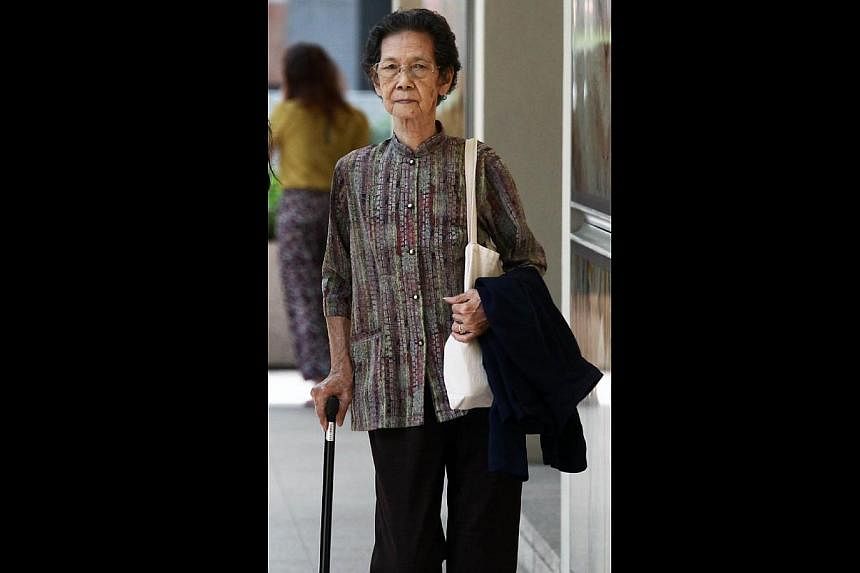An 84-year-old woman won the right to half of a late businessman's assets worth $2 million after the High Court recognised her claim that she was one of his three wives during Singapore's pre-Women's Charter days. Madam Wong Swee Hor married Mr Tan Bung Thee in 1957 under Chinese customary rites. He had also married two other women in 1942 and 1947 under Chinese customary rites.
Mr Tan had humble beginnings selling pork. He later operated petrol stations in Singapore and had a tin ore business in Malaysia. He had 11 children with his three wives. One of them is the daughter of Madam Wong. The first and second wives, who died in 1988 and 1987, had five children each.
The patriarch, who received the Public Service Star award, died in 2011 at age 91, without a will.
Under the law, as there is no will, Madam Wong, as the surviving wife, would get 50 per cent of the assets - believed to be worth about $2 million and currently being assessed. The 11 children will get to share the remaining half.
Traditional Chinese wedding ceremonies held before the Women's Charter took effect in 1961 are recognised as legal marriages. This meant a man could have a principal wife, or tsai, and, at the same time, any number of other women known as "secondary wives", or tsips, noted Justice Woo Bih Li in judgment grounds released yesterday.
However, nine of the patriarch's children, defended by lawyers Sean Lim and Gong Chin Nam, denied that Madam Wong was ever his lawful wife. They argued that she and her daughter were not entitled to any share of Mr Tan's assets.
They claimed Mr Tan was having an affair with Madam Wong. They said, among other things, that she was hired as a maid to look after Mr Tan's mother, Madam Phua Siew Mei, in the late 1950s until she died in 1962.
But Madam Wong, represented by lawyers See Tow Soo Ling and Edwin Chia, relied on a photograph of Madam Phua's tombstone to assert that her name was inscribed there as a daughter-in-law of Madam Phua. This was in addition to other testimony she had offered about the customary rites undergone to formalise the wedding.
Justice Woo, who found the tombstone inscriptions as "more important evidence", ruled that while they could not be treated as direct evidence of her spousal status with Mr Tan, "the conduct of Mr Tan and Mr Tan's family in response to the inscriptions on the tombstone could be admissible on the question of her relationship with Mr Tan".
The judge added that the defendants' conduct in relation to Mr Tan's obituary when he died in 2011 was also telling. "Madam Wong was described as a wife of Mr Tan. If the defendants did not question or object to such a description without a satisfactory explanation, then their silence spoke volumes."
Separately, the judge also allowed the first five children's counterclaim that their mother, Madam Du Chao Wan, was also the lawful wife of Mr Tan. The status of the second wife, Madam Ow Yang Wan, and her children was not in dispute.
Justice Woo made clear that Madam Wong would not be an appropriate person to be named as administrator of the estate because of her age and capabilities, and advised all parties to "be realistic" and to resolve the issue amicably.

